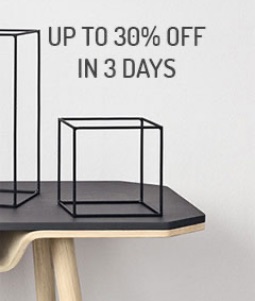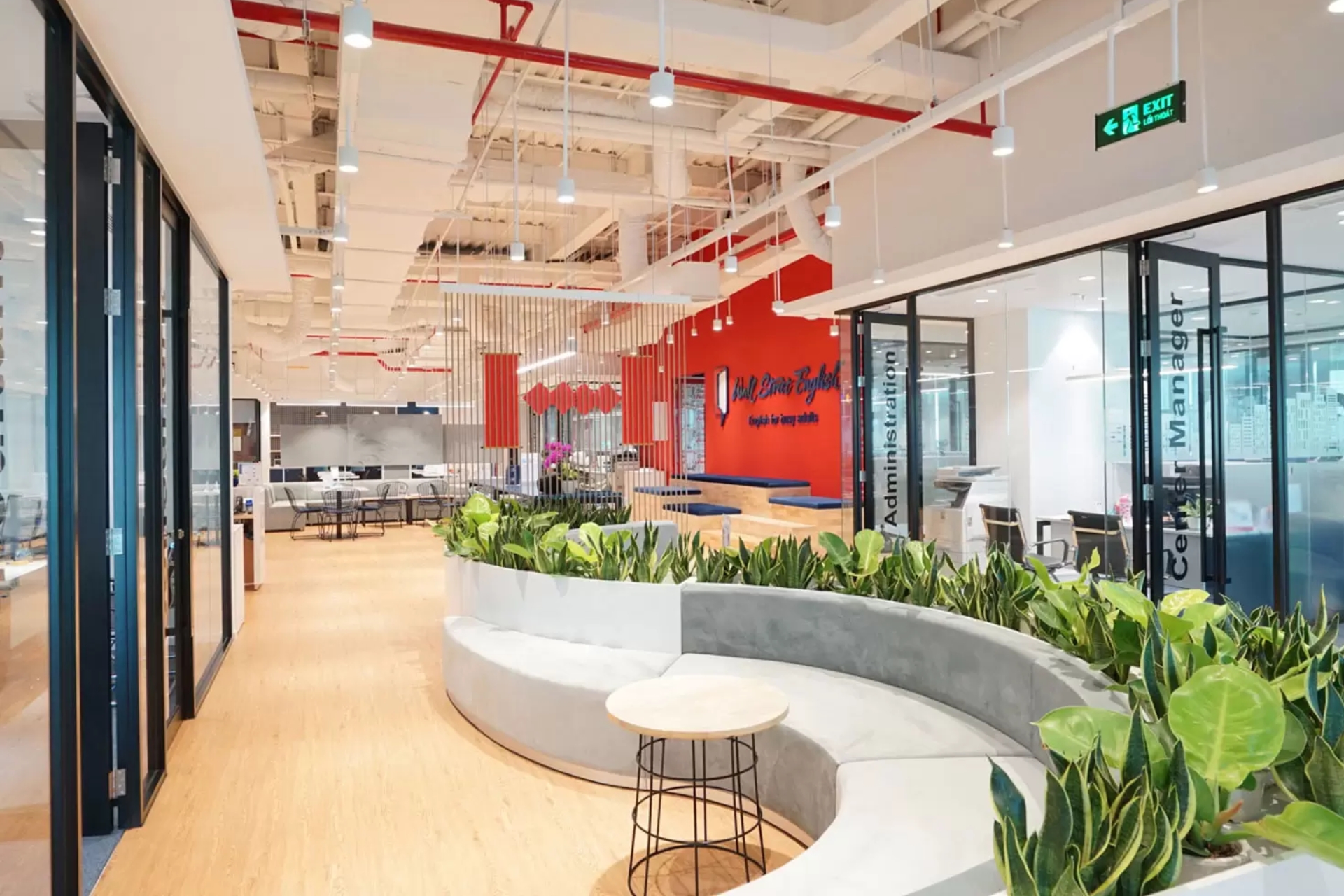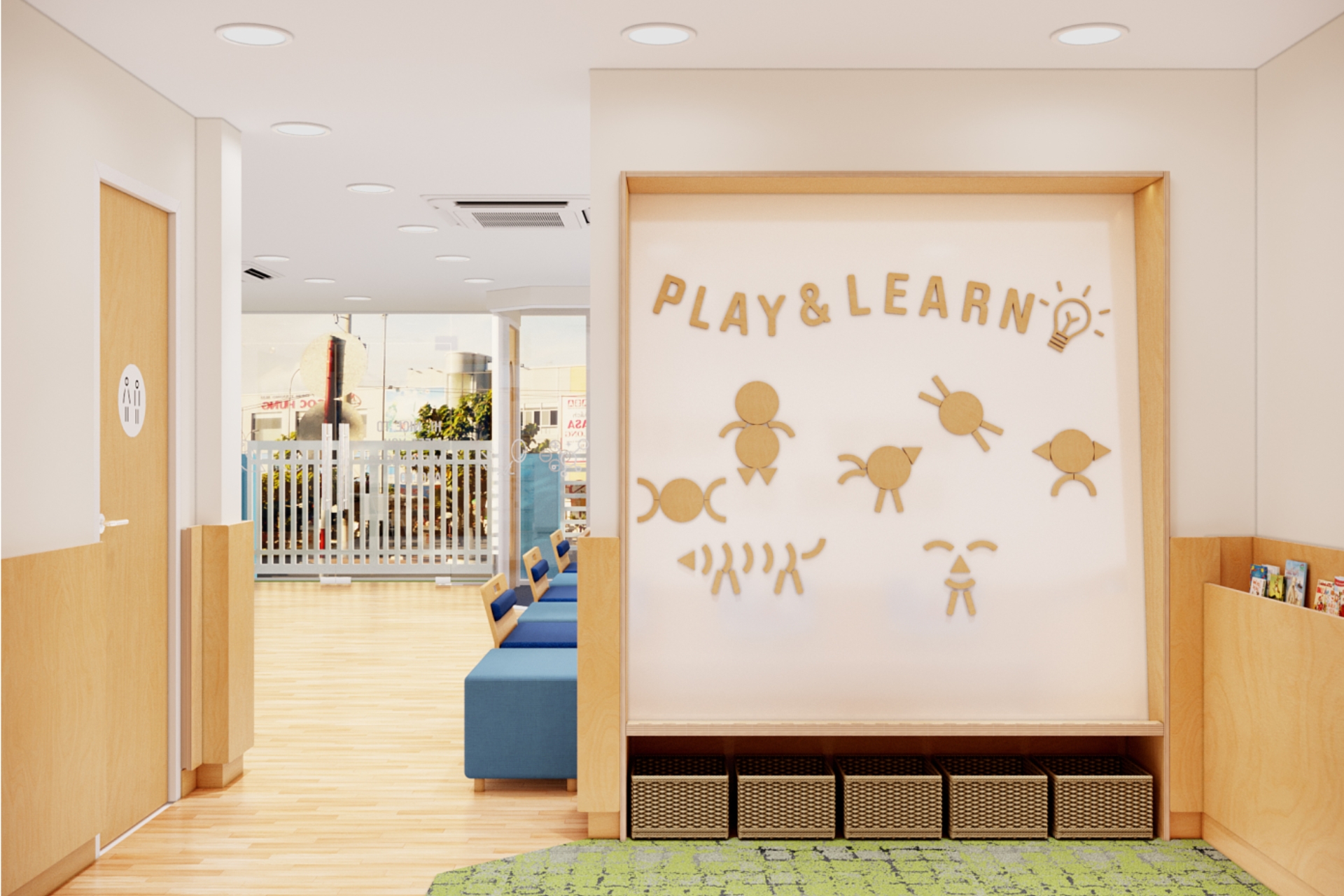
Designing the layout of the language center to optimize the student experience
To attract learners as well as create a positive impression from the very first glance, the center’s space plays an immensely important role. A scientifically arranged, modern, and rationally organized learning space between functional zones contributes to inspiring learning and retaining learners. So, how can an English center’s space be optimally arranged to enhance the learner’s experience? Let TECO explore the 6 criteria below to create an effective language center space.
Understand each learner group to develop a suitable design style
Each English center serves a specific group of learners. Therefore, clearly understanding the psychology, habits, and needs of each target group helps determine the appropriate design style and concept.
- For children, the space should feature bright, vibrant colors to stimulate creativity.
- For students, prioritize a modern, flexible design style, emphasizing comfort, self-study areas, and group discussion spaces.
- For working professionals, the space should be professional, modern, minimalist, and create a relaxing atmosphere after work.
By thoroughly grasping the psychology and behavior of each learner group, the design team can select the appropriate design style and allocate space rationally, thereby enhancing the learning experience and effectiveness.
Scientific and Rational Functional Zoning
A professional English center needs to have a rational spatial division to ensure the best learning experience for students.
Reception and Welcome Area
This is the area that creates the first impression for parents and students when they visit the center. Therefore, this area should be designed prominently, reflecting the brand identity. Some applicable measures and considerations in designing a language center are as follows:
- Clear, eye-catching signage combined with lighting to create a focal point at night.
- The reception desk should have waiting chairs, a class information board, a bulletin board, or a TV introducing the center’s outstanding achievements.
- The main color scheme should be emphasized, ensuring consistency with brand identity to create uniformity and professionalism.

Reception area helps create the first impression for parents and students when they visit the center.
Classrooms – The Heart of the Center
This is the most important area, directly affecting students’ experience at the center. Several factors should be noted to enhance teaching quality and learner experience:
- Good sound and lighting: Proper soundproofing, eye-friendly lighting, avoiding glare.
- Adequate space: Not too cramped to cause discomfort, nor too spacious to reduce interaction.
- Modern equipment: Interactive whiteboards, projectors, large-screen TVs, flexible furniture.
- Flexible space: Easily adjustable layout to suit different teaching methods (group work, discussions, interactive games, etc.).
Consultation and Placement Test Room
To improve consultation quality and student experience, many centers arrange a separate room for welcoming new students. Typically, the consultation and placement test room has the following features:
- Quiet, soundproofed space.
- Equipped with computers and course introduction materials.
- Friendly design to make students feel comfortable and free from pressure.
Self-Study and Relaxation Area
Many centers also focus on individual self-study areas for students. This is an ideal space for students to review lessons or relax and take breaks after class.
- An open design can be used, with sofas, study tables, charging outlets, and strong Wi-Fi.
- Light and quiet decor to encourage students to return to the center even when they don’t have scheduled classes.

The relaxation area is designed for students.
Maximizing Natural Light
Light is a factor that directly affects learners’ morale and academic performance. When designing a language center, attention must be paid. The center can maximize natural light as follows:
- Install large glass windows in classrooms and waiting areas
- Use thin curtains to adjust light appropriately
- In cases where the center is located in buildings lacking natural light, invest in high-quality LED lighting systems with color temperatures suitable for learning (around 4000K – 5000K)
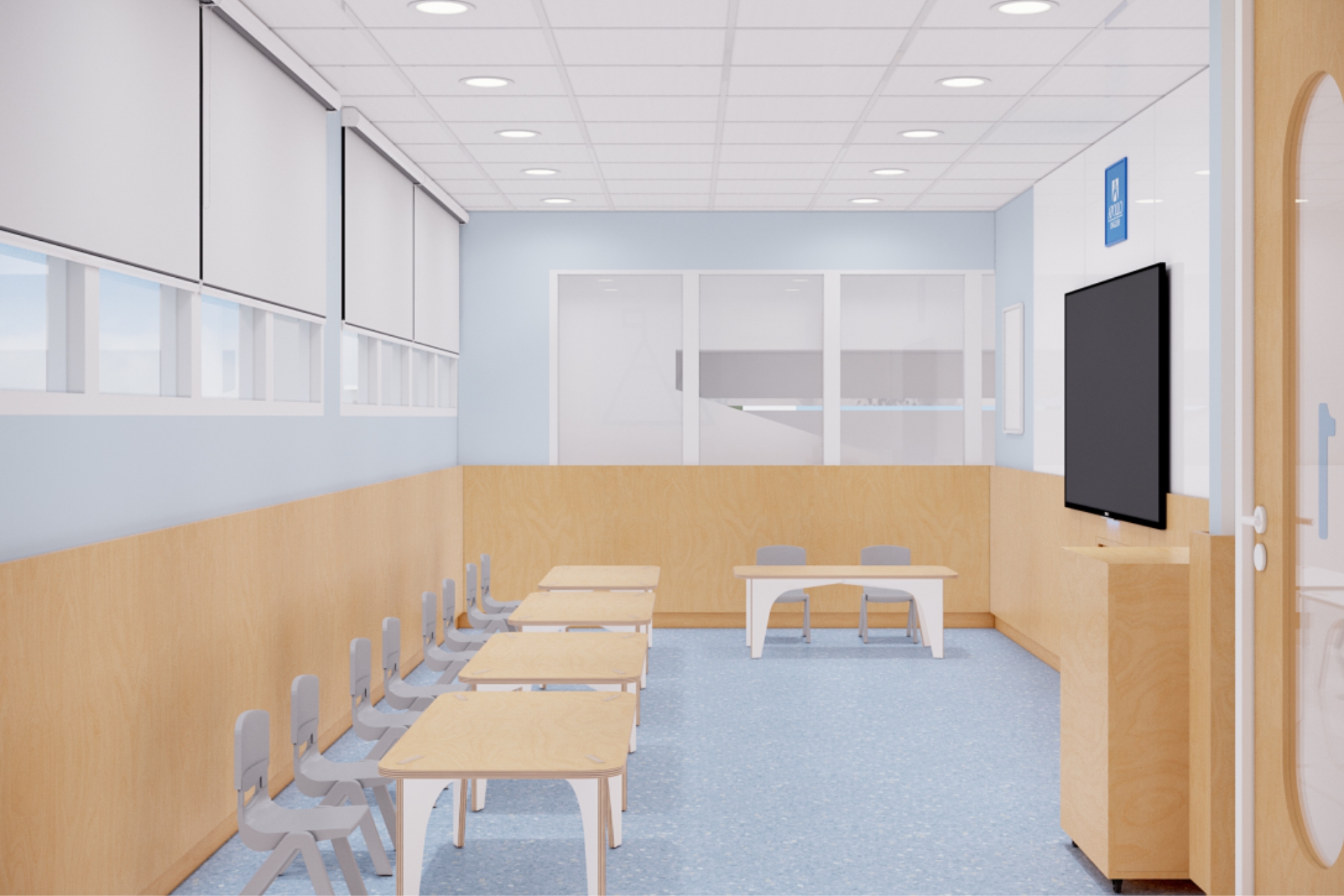
Utilizing natural light for the whole class.
Integrating Technology into Teaching
In the era of Education 4.0, applying and integrating modern technology into education has become quite common. Therefore, when designing the space, attention must be paid to arranging equipment rationally. For instance, projectors, smart boards, sound support systems, strong and stable Wi-Fi,… to serve teaching purposes. One notable point is that installation must ensure aesthetics, with wires concealed properly to maintain a neat and professional classroom appearance.
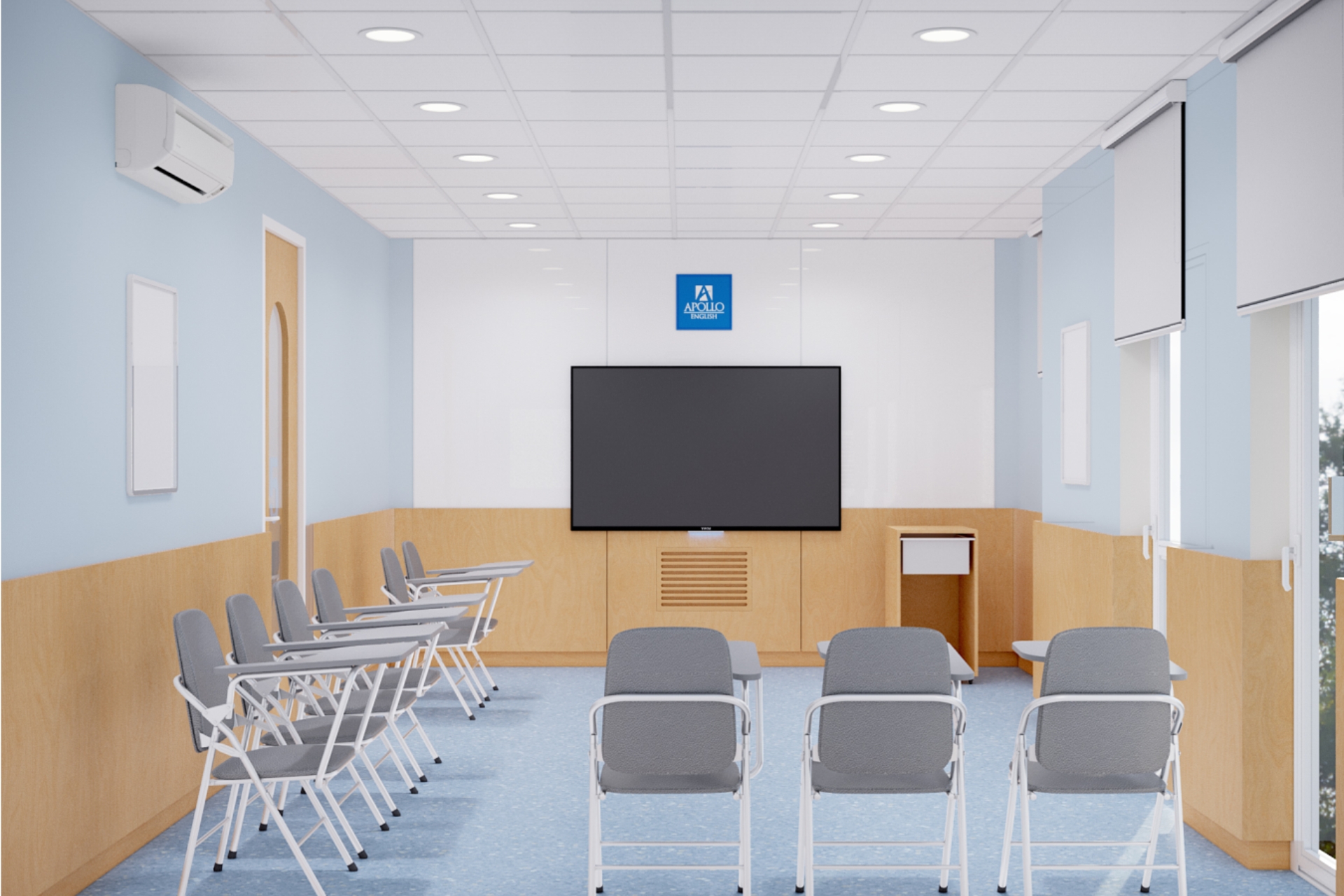
Applying and integrating modern technology into education has become quite common.
Enhancing Brand Identity Through Design
A language center with a prominent, consistent, and professional design identity will leave an impression on learners and parents. Thereby contributing to enhancing brand reputation and building a sustainable brand. A space with strong brand identity is expressed through:
- Logo placement at the reception area and exterior signage
- Color system unified with brand identity
- Slogan and educational philosophy prominently displayed in the design
- Student achievements, student images, extracurricular activities,…
A brand-imbued space design not only enhances professional credibility but also fosters pride and long-term student loyalty.
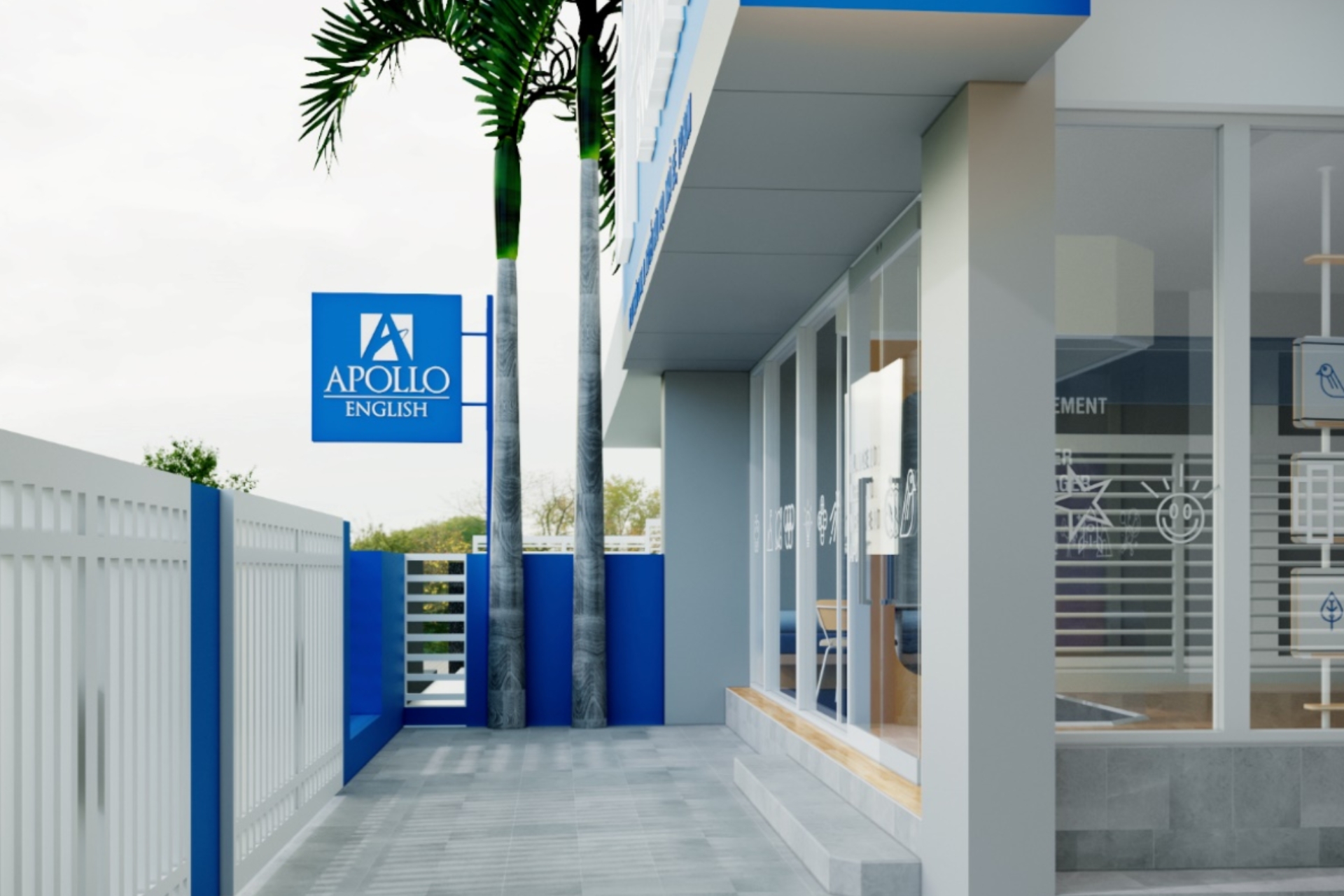
Logo placement at the reception area and exterior signage
Safety and Operational Efficiency
The final indispensable factor in effective space arrangement and design is ensuring safety and operational ease after the center becomes operational. Some considerations include:
- Clear emergency exits, fully equipped with firefighting equipment
- Anti-slip flooring, especially for young children
- Easy access control via camera systems, key cards, or QR codes
Conclusion
Arranging space in a language center solves the equation between functionality, aesthetics, and understanding learner psychology and behavior. TECO hopes that through this article, businesses gain comprehensive knowledge on optimizing learner experience. Thereby selecting suitable design solutions to contribute to brand building and enhancing the center’s competitiveness.
